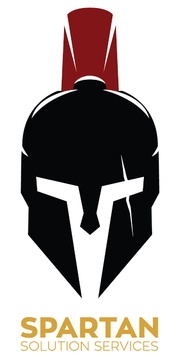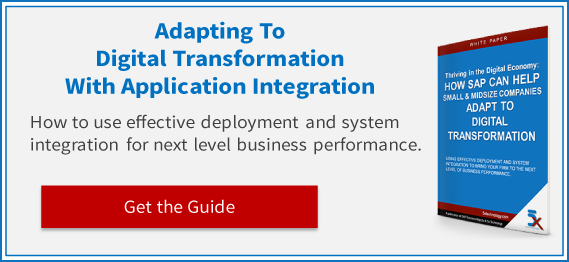A number of data warehousing projects fail or are shelved due to poor data quality and integrity. Without the highest levels of data quality, line executives cannot rely on the data your business generates for tactical and strategic decisions.
Data cleansing takes an organization's large amounts of data and streamlines it into usable, high quality databases. Data warehouses, internal networks, and data systems' quality directly influences an organization's productivity, internal and external customer satisfaction, and the perception of reliability of the IT department.
From infrastructure and software to integrated data relationships, data cleansing keeps an organization's relationships accurate and informed. Businesses must continually update their ERPs, their data warehouses, accounting and CRM software to ensure quality of data across all their business systems.
Infrastructure
Data infrastructure is not often associated with data management software and systems. The relationship between data cleansing and data infrastructure is reciprocal. Each query to your database adds usage to your infrastructure. Usage is increased unnecessarily when queries have to be repeated to find information in multiple places and manage relationships through small amounts of information like name or address.
Data Management
Data creation occurs in an organization at multiple disparate layers. Good management takes into account all the areas an organization creates relevant information, from the phone system and sales processing to business processes. A data cleanse takes relevant information from every location, streamlines it into one system and cleans up space for further activities while creating as little a footprint as necessary on archive systems.
Customer Management
Often complete customer views are only achieved through name and address matching. This is a universally acknowledged source of poor quality data. Robust solutions which produce high quality data management and clean databases require two key elements. The first is to provide external quality reference data used to validate, correct and enrich internal records. The second is that matching and survivorship software matches and merges customer data between different systems. This robust solution manages customer information more intuitively than name and address matching.
Alliance Management
Supply chain and distribution chain management creates a unique data set with unique needs as well. When supply chain and distribution information is not easily found, it interrupts business processes, causes loss of information and increases sourcing costs. Good data management focuses internal and external customer information in such a way that each team member has access to the information they need, when they need it. Each piece of information will also be cross-referenced in the database so that individual bits of data are part of an integrated picture of the business.
Changing Face of Data
Data is constantly changing. Therefore, quality assurance should be engineered as part of a well designed cleansing strategy. A cleansed, organized, unified, accessible, well tuned and documented data warehouse is an integral part of any business intelligence solution. A well-defined BI solution will be scalable, easily enhanced and support the short and long term objectives of every decision maker within the organization.
Good information management utilizes the best of both database tools and user interfaces to create small footprints on an organizations systems. Great, modern user interfaces provide necessary information through visual correlations and integrated information. Great database tools include both the software and the redundant systems in a data warehouse necessary to guarantee business continuity, accurate information management, and quality communication systems.



